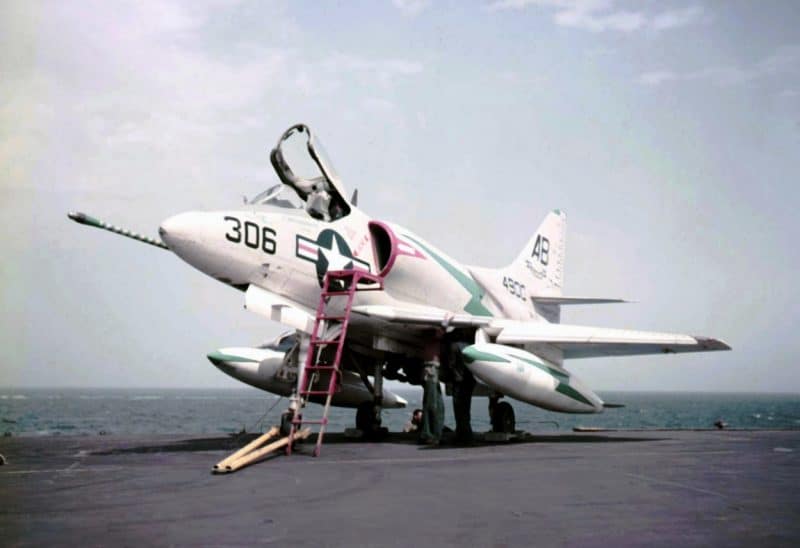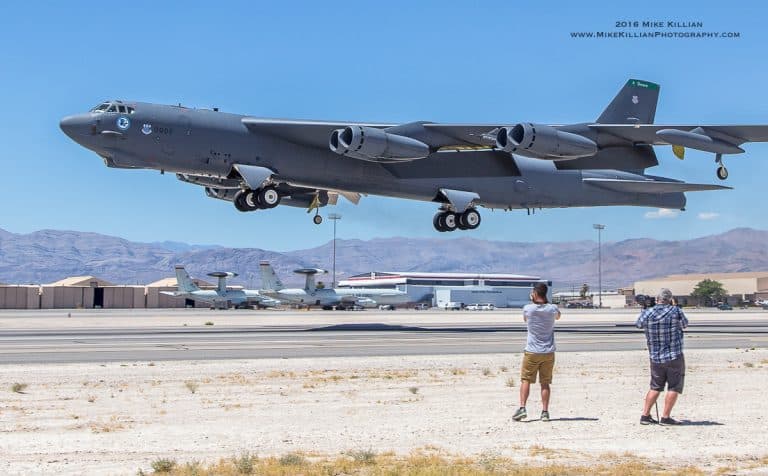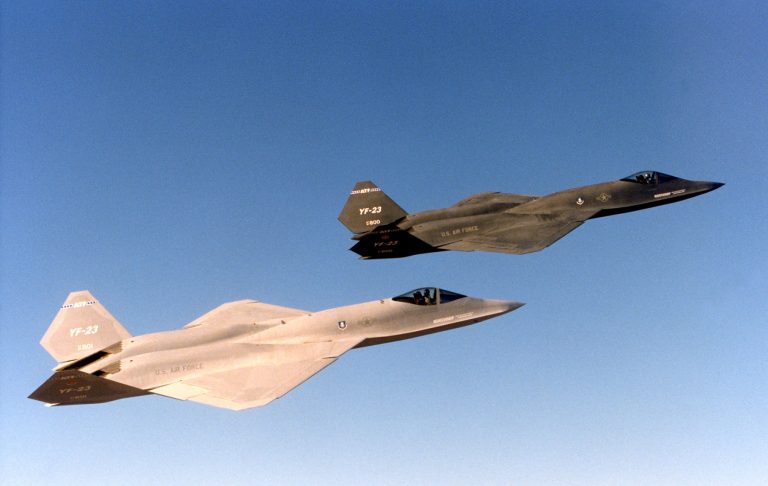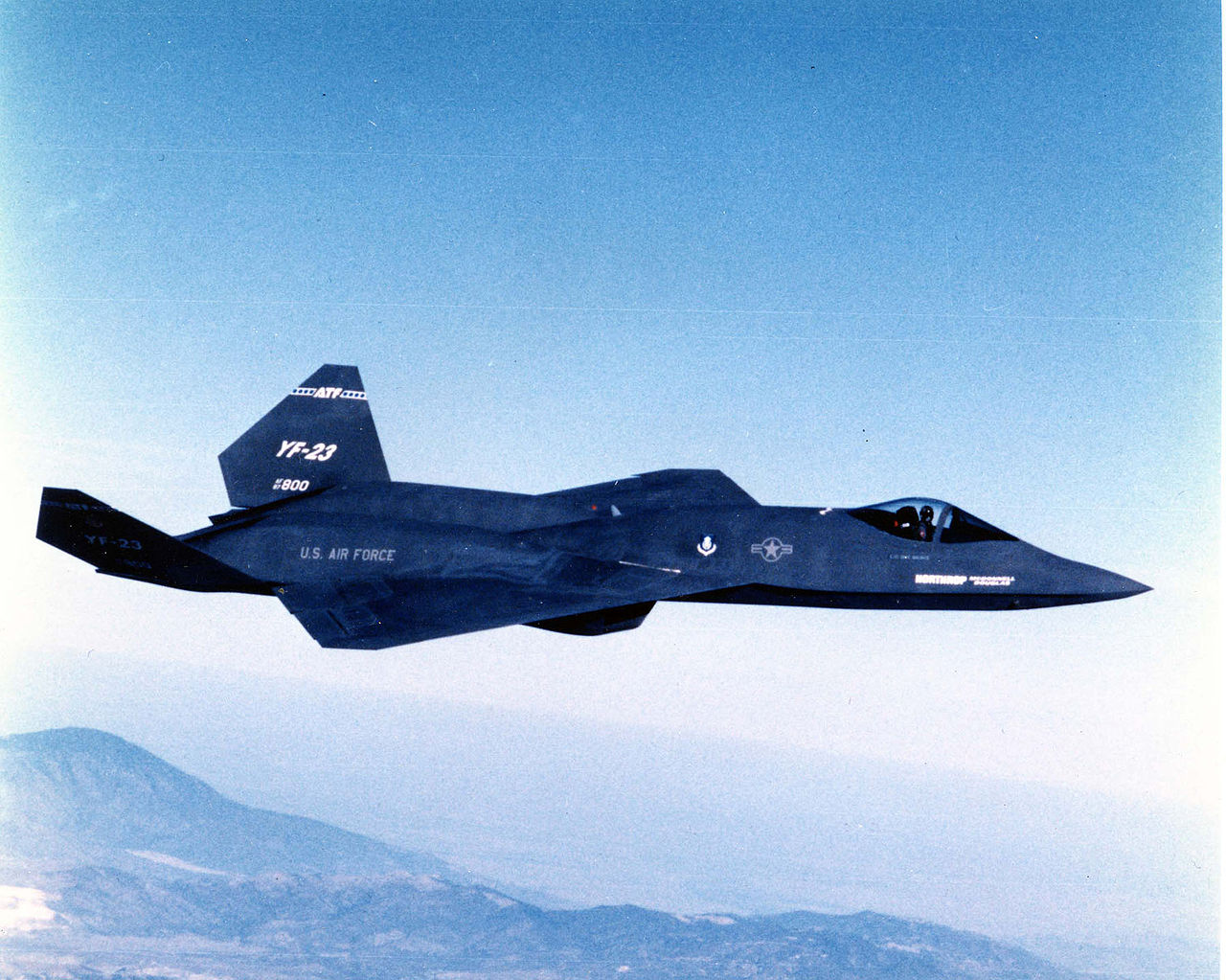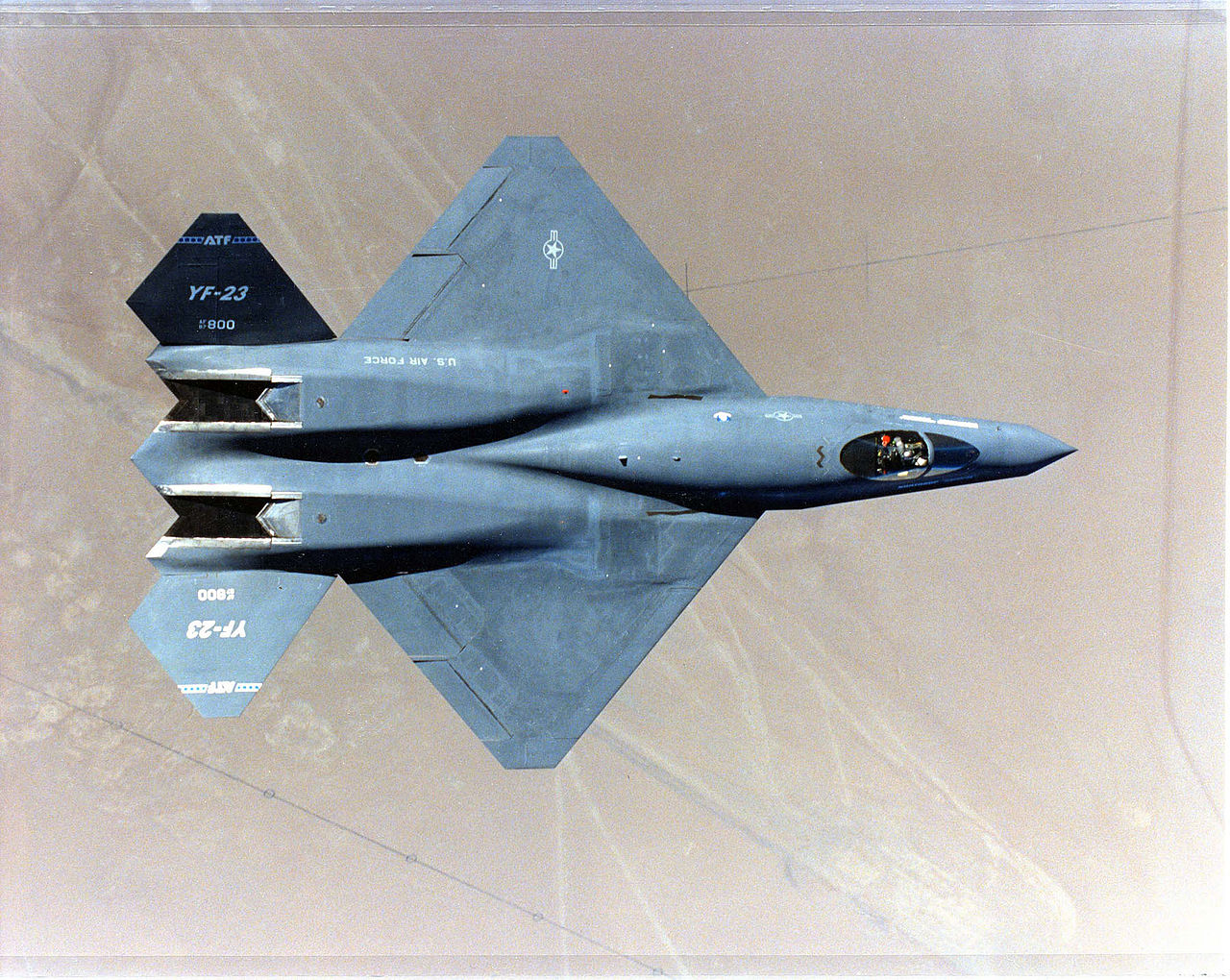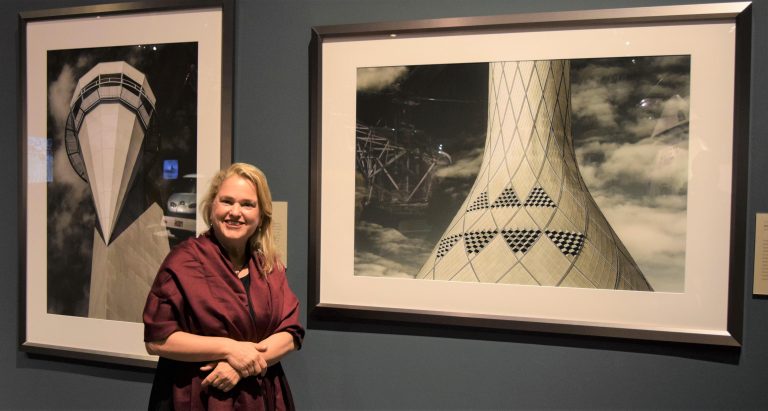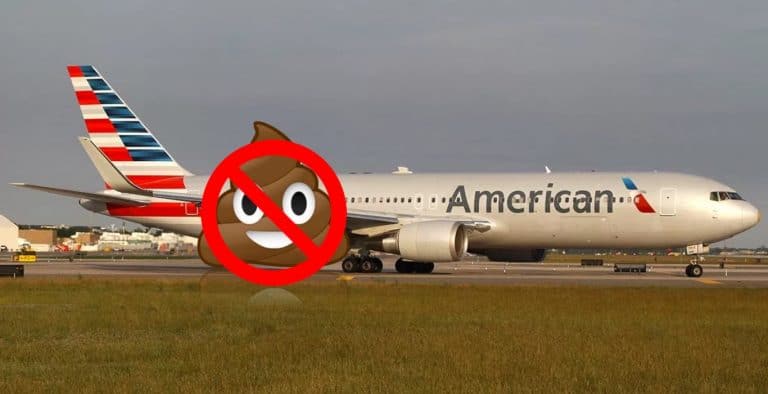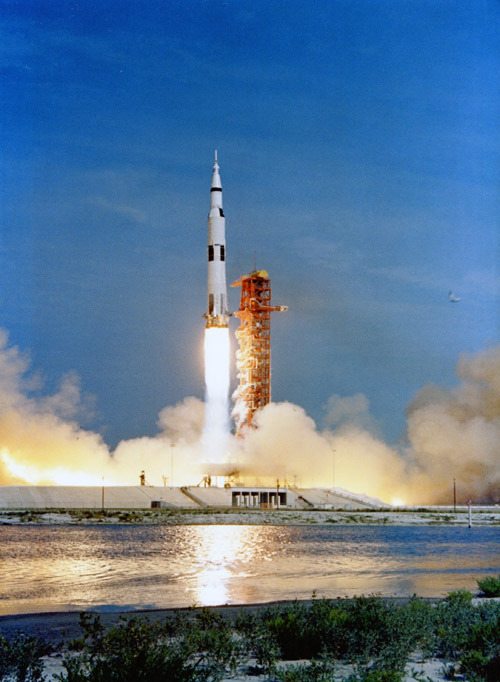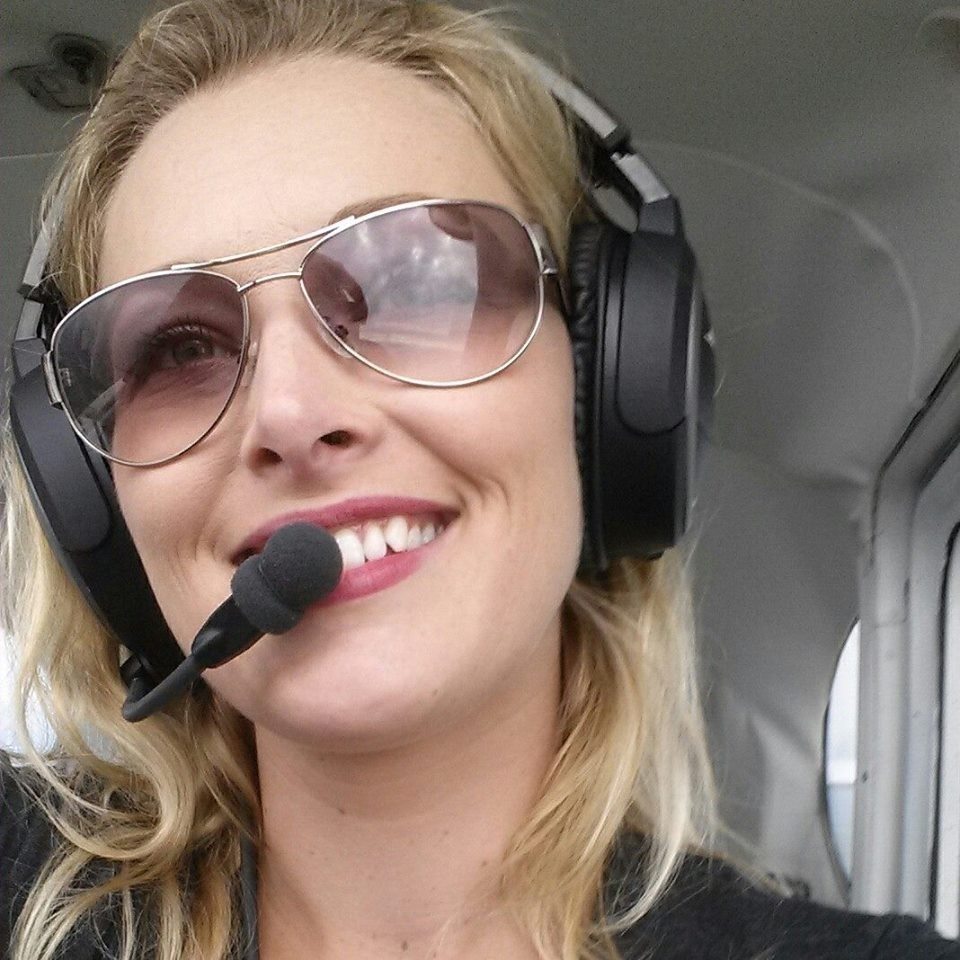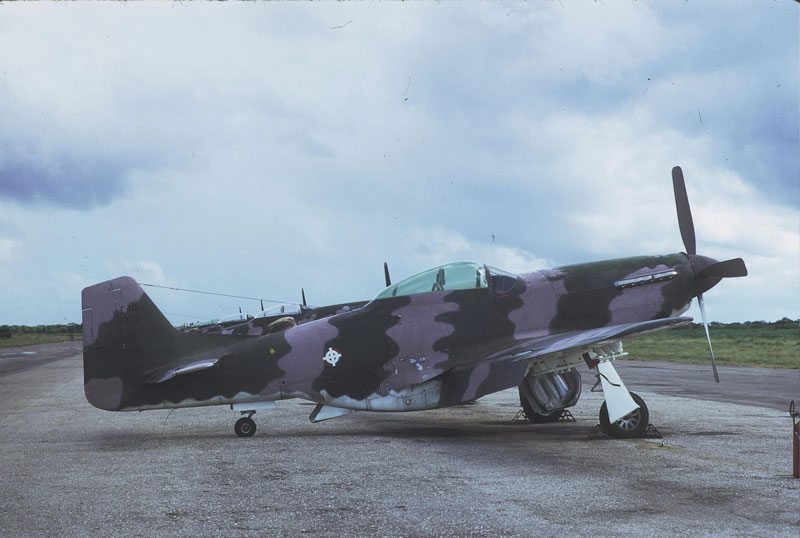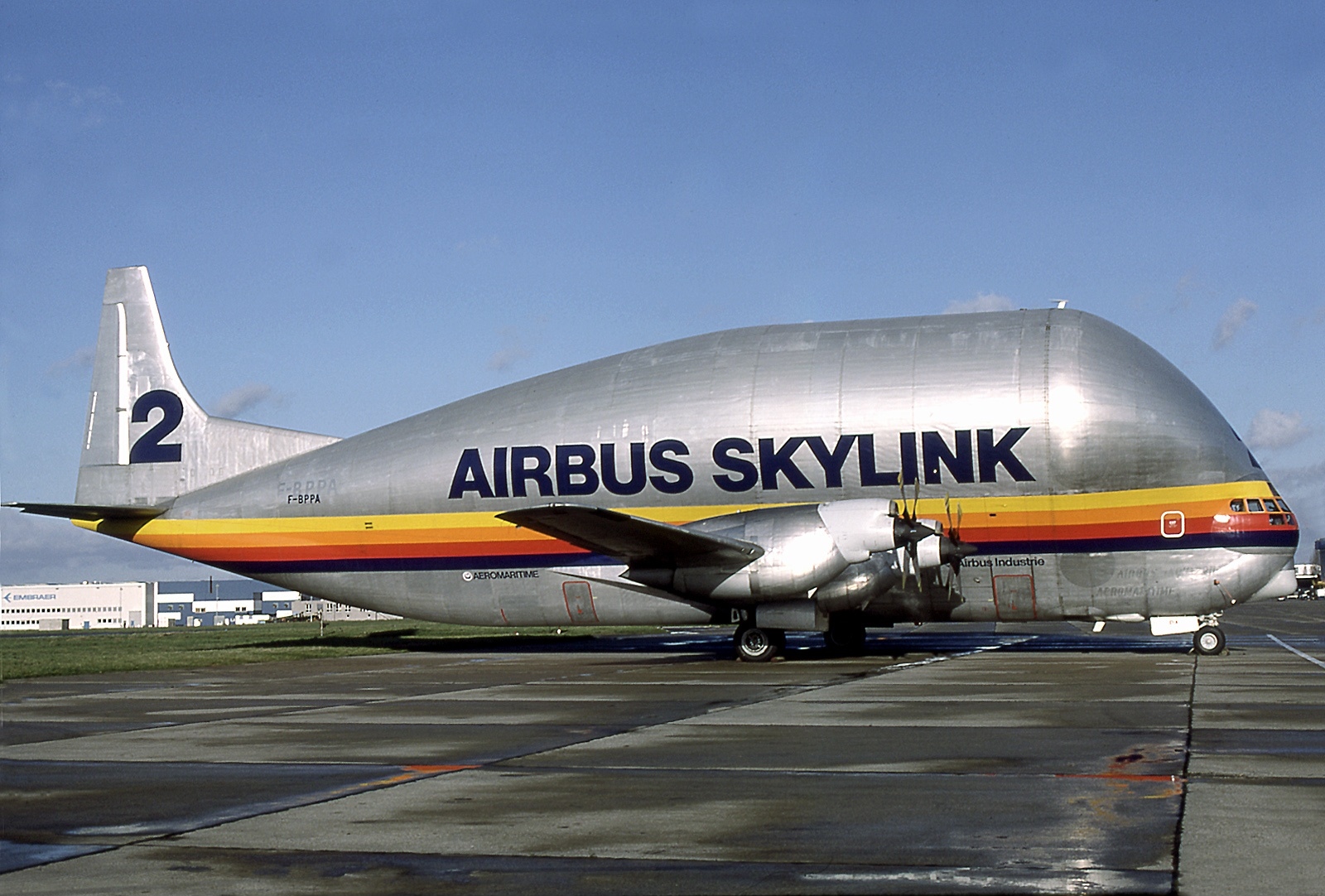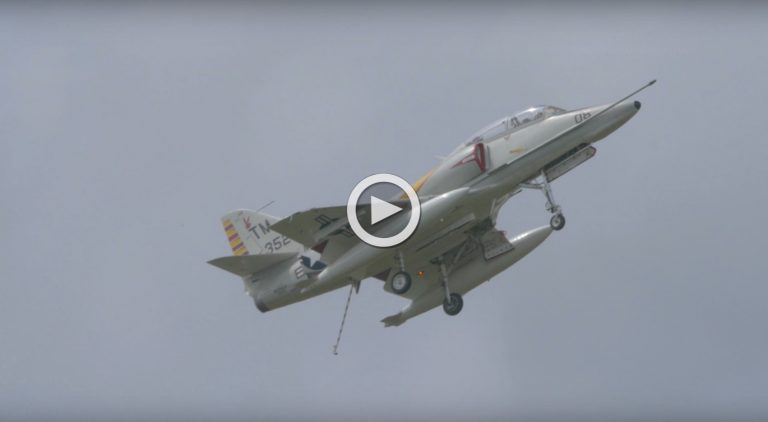ATLANTA — Poised over looking the runways of the world’s airports — both large and small — the air traffic control tower is a beacon calling forth aviators to their destination and they provide an informative send-off.
Often under appreciated by the general public, a new traveling exhibit from the Smithsonian Air and Space Museum has captured the most unusual and fascinating designs of the world’s air traffic control towers.
Composed of 85 stark photographs, Smithsonian Museum photographer Carolyn J. Russo’s beautiful hard cover book, Art of the Airport Tower (Smithsonian Press 2015), is now a striking exhibition capturing the architectural beauty of many of the airport towers across the globe.
Fifty of the book’s artistic images and informative captions have been lifted from its pages and placed on display. The exhibit is a treat and the coffee table book is a must-have for the aviation geek.
In the midst of a nationwide tour, the Tellus Science Museum near Atlanta is currently hosting the exhibit until September 17. The Smithsonian affiliate is home to many aviation and space flown hardware.
“This is a fascinating exhibit – it combines photography, architecture, and aviation in unexpected ways,” Tellus Science Museum Executive Director Jose Santamaria said on Sunday. “It is very unique and the images are stunning.”
As one focuses on Carolyn Russo’s photographs, the subject of her work becomes very intriguing to the viewer as the architectural design stands out from a close range. Russo spent nearly seven years touring the planet, visiting 23 countries and photographing the designs of control towers of nearly 100 airports.
“Airport traffic control towers have a powerful presence — they watch over the vastness of the airport and sky, are a nonjudgmental cultural greeter, a choreographer or conductor of the aircraft dance, a mother bird caring for her flock and an omniscient, intelligent structure keeping humans safe,” Russo points out as she gazed across her work. “I saw them as the unsung heroes of the airport landscape and tried to elevate them beyond their height and amazing architecture.”
The control tower located at Edwards, AFB in the California desert is famous for pioneering military aviation; and assisting NASA in the landing of the space shuttle orbiters. Today, KEDW control tower rises above the dry lakebed supporting a well trained staff overseeing the air navigation of around 40 different types of airframes at any given time.
The aerodynamic architecture of Edward’s white tower leads the exhibit as guests arrive.
“I’m trying to pick up a vibe from the tower and looking for an aspect of it to show its best trait,” Russo explained as we stood focused on one of her photographs. “It’s kind of like making a portrait, your looking for a component that defines the structure.”

Many of the towers she visited required special provisions by the country’s government or by airport officials. “For instance, with the JFK tower, for me to be on that airport property I had to have an insurance certificate of $10 million,” she said. “And with that experience they were some of the first towers I photographed.”
At the Stockholm Arlanda airport in Sweden, Russo photographed its control tower from directly below providing an dynamic, three dimensional visual not seen as you travel past on the taxi way. The air traffic control at ESSA supports over 80 airlines flying in and out of Scandinavia’s busiest airport. The photograph is a favorite on the tour.
“Carolyn sees things that other people don’t see,” said U.S. and world aerobatic champion pilot Patty Wagstaff on Sunday. “Her eye for detail is amazing, and she’s able to take something beautiful but big — like an airplane or a control tower — and focus in on the details that give the piece character.”
The two have known each other for over 20 years, and Russo refers to Wagstaff as her dear friend. “She has a really unique viewpoint, and it’s this that makes her one of the great modern photographers,” Wagstaff added.
Russo loves each of her photographs and will not select a favorite; however she does have a favorite back story from her travels, “The best one was when I was photographing the Jakarta (Indonesia) tower, that was a very quick trip, and when I arrived they did not know what to think of me,” she recalled. “They said we need to look at every one of your images before you leave here to make sure I wasn’t up to some tricks.”
Russo adds that during her visit, Jakarta’s officials went from, “what do you see in our tower” to being very supportive of her after seeing a few of her own views of their control tower. “They felt very proud to be apart of this project.”
Art of the Airport Tower will travel next to the U.S. Space and Rocket Center in Huntsville, opening on October 9 and remaining on display until December 29.
(Charles A. Atkeison reports on aerospace and technology. Follow his updates on social media via @Military_Flight.)


